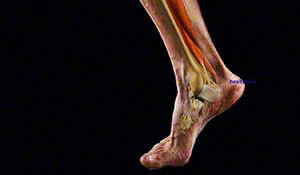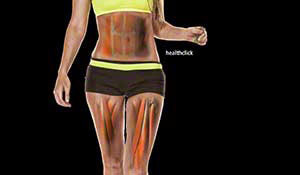Elevate Medical Education with North American Seminars - Responsible CME®
At North American Seminars, we recognize that every healthcare facility has distinct educational needs. That's why we offer customized courses designed to align with your specific requirements. Whether you need specialized training or prefer a particular instructor, we create programs that support your goals.
Can't find the course or instructor you're looking for? Customizing live hands-on training courses for your rehab team can be invaluable to your staff’s professional development and effectiveness. Rather than relying on a generic, one-size-fits-all training program, tailoring the curriculum to the unique needs and challenges of your specific rehab facility and personnel can yield far more significant benefits. This customized approach to effective rehabilitation training allows you to hone in on the most pressing areas for growth and improvement within your team, whether mastering the latest evidence-based treatment techniques, enhancing patient communication and bedside manner, or streamlining administrative and documentation processes.
Schedule a Call







